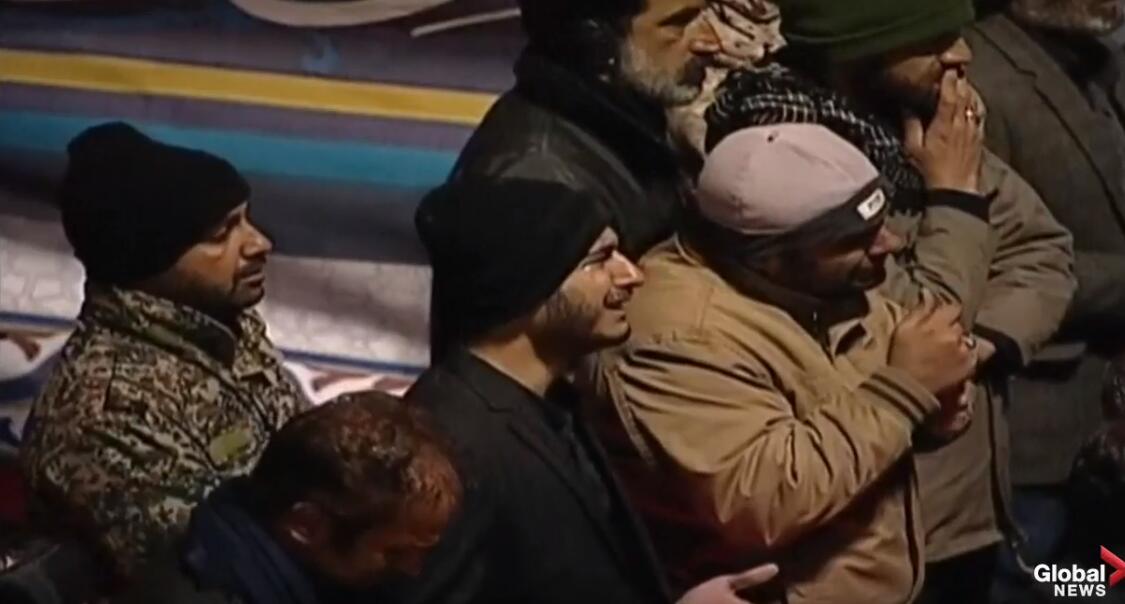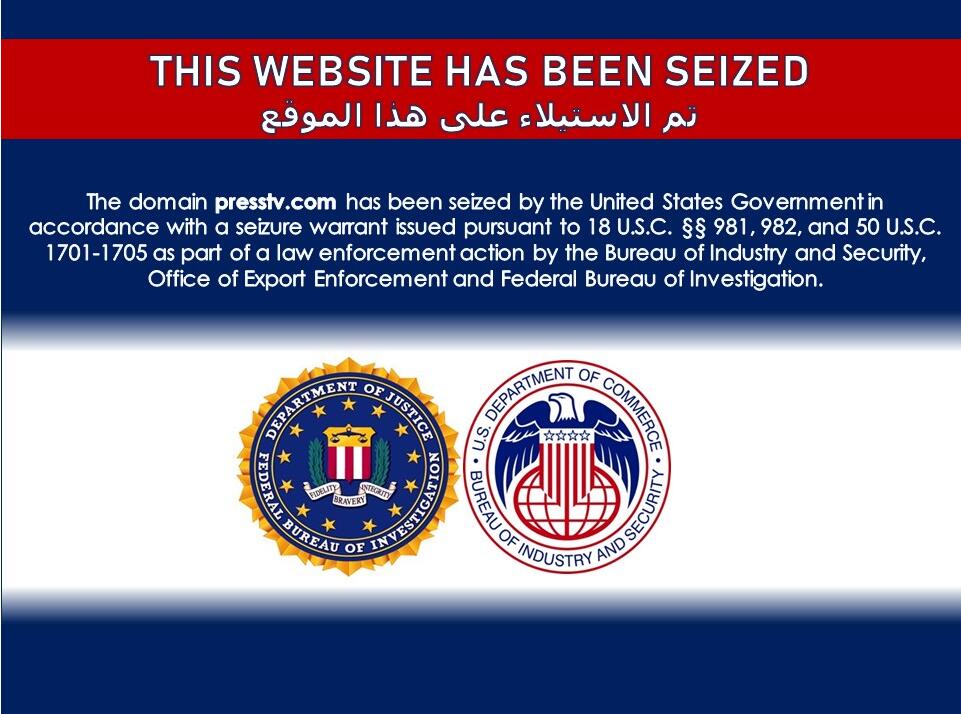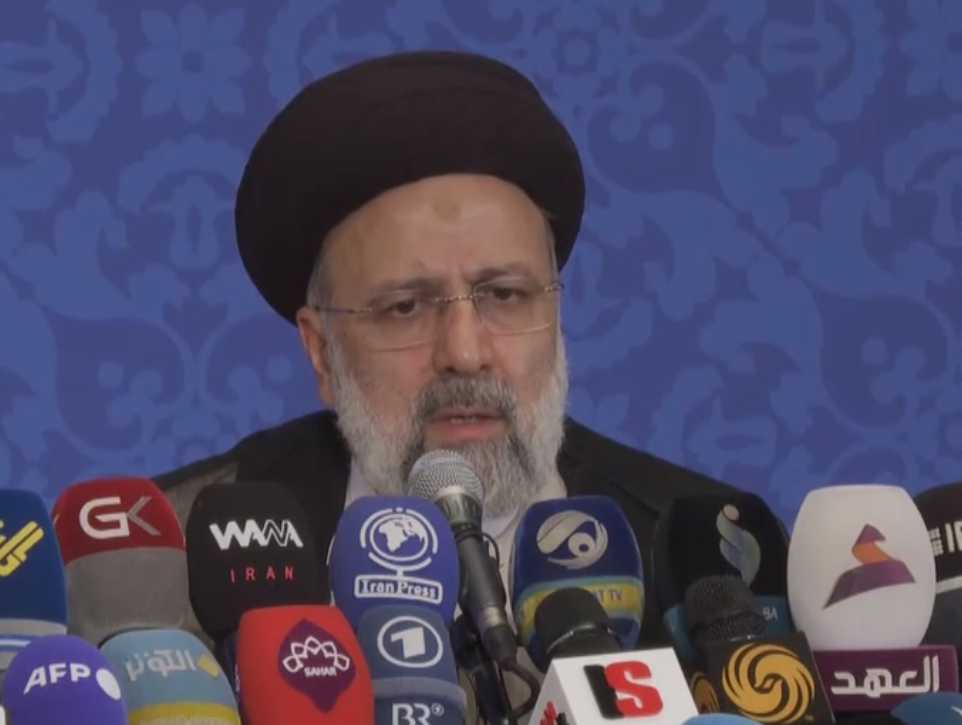Original title: Jiang Xudong: Let Iran lose its voice, and the United States has refreshed the bottom line of digital hegemony
[文/观察者网专栏作者 蒋旭栋]
On June 23, the US government shut down more than 30 Iranian news media websites and blocked their domain names for “violating sanctions.”
As a tool, the domain name is used by the United States to combat its opponents, and there is an early precedent. During the Iraq War, the United States banned the application and resolution of “.ip” domain names, and all websites with the “.iq” suffix disappeared overnight. This action against the Iranian media is limited to the “.com” level. Compared with the attitude towards Iraq in the past, it is still somewhat reserved, but its arrogant attitude and provocative and arrogant attitude are already obvious.
The online public opinion war between the United States and Iran is moving from behind the scenes to the front of the stage.
At the end of 2020, the U.S. Department of Homeland Security stated in its Annual Risk Assessment that the United States is facing four major cyber threats from Iran: cyber attacks, election interference, terrorism, and dissemination of false information about the new crown epidemic in the United States. The report believes that even though Iran’s threat to the United States in cyberspace is not as high as Russia’s, Iran has “unique secrets” in inciting information and spreading rumors. In particular, the Islamic Revolutionary Government, which started from propaganda, is more proficient in political propaganda and fraud. In recent years, it has also actively used digital social networks to activate propaganda machines to influence the internal affairs of the United States and interfere with the choices of allies, thereby helping to achieve its strategic goals.
According to statistics from US think tanks, from 2008 to 2019, 8,000 Iranian government-controlled accounts posted about 8.5 million tweets, of which there were two small climaxes, which occurred in 2015 and 2018, respectively. Both were the hottest years of domestic disputes over the “Iranian Nuclear Agreement”. In 2015, it was debated whether the United States would join the “Iranian Nuclear Agreement”, and in 2018, it was a period when Trump would withdraw from the “Iranian Nuclear Agreement.”
Research from the United States believes that the Iranian government is using digital media platforms to influence American public opinion and exaggerate facts, thereby forming a domestic and foreign environment that is conducive to Iranian public opinion. Therefore, from the perspective of the “sharp power” concept created by American scholars, Iran’s actions on the Internet are its all-round “awareness shaping” of the media, politics, academia, and industry of the United States and its allies through careful planning. “Information War” to change the U.S. Iran policy and create an “Iranian Nuclear Agreement” that is beneficial to the Iranian government.
In fact, the United States’ creation of the so-called “sharp power” concept is essentially a manifestation of “wild entanglement” and double standards. It deliberately refers to the “soft power” and public diplomacy of other countries as information penetration and manipulation of public opinion. It is the United States‘ use of its discourse. The dominant position of power is a kind of “discourse tool” to smear opponents. That is to say-only the United States is allowed to engage in public diplomacy with other countries, and other countries are not allowed to release propaganda that is beneficial to their own country.
For this reason, the United States is trying to completely exclude Iranian media from cyberspace. In November 2018, the U.S. Treasury Department imposed comprehensive sanctions on 700 Iranian entities and individuals, including the Iranian Revolutionary Guard Corps. In April 2019, the U.S. unprecedentedly classified the Iranian Revolutionary Guard Corps as a foreign terrorist organization and strictly restricted its international activities. After the United States assassinated Soleimani in January 2020, Facebook continued to delete posts from Iranian users remembering Major General Soleimani. In addition, Google, Facebook, Instagram, etc. have all banned Iranian social media from posting news on their platforms for various reasons.
 When Soleimani was buried, the local people wept and bid farewell. Video screenshot: Canada Global news
When Soleimani was buried, the local people wept and bid farewell. Video screenshot: Canada Global newsThis time, PressTV, whose domain name has been banned by the United States, was established in July 2007. It is a media owned by the Iranian Radio and Television Station (IRIB). The slogan is “The Voice of the Silent”. It is Iran’s real voice to the world to avoid distortions by the US and Western media. , An important medium to oppose the demonization of the United States. But it is this kind of media that has been blocked by Google’s YouTube account for “violating community rules” in recent years.
At the same time, Facebook temporarily closed its PressTV account for the same reason. In addition, Twitter and Instagram have repeatedly shut down PressTV accounts in the name of censorship. It can be seen that the situation of Iran’s state-run media on the US digital platform is really bad. It has to face the suspension of accounts by US social media companies and the US government’s use of national power to block domain names. It can be described as a combination of government and people and public-private cooperation. A typical case of building American digital hegemony.
It is worth noting that while the United States kicked Iran out of the Internet, it was also actively using digital media platforms in an attempt to “color revolution”.
The US government is actively using digital media platforms to launch a cyber offensive against Iran. In April 2010, the U.S. State Department opened a Persian Facebook account; in February 2011, it opened a Persian Twitter account, aimed at direct dialogue with Iranians and “introducing American culture.” In December 2011, the US State Department announced the opening of a virtual embassy in Iran to strengthen exchanges with the Iranian people. This is also a “signature project” of Obama’s “engagement policy”. The then-U.S. Deputy Secretary of State Wendy Sherman stated that the virtual embassy will be a window to help Iranians, especially young Iranians, understand U.S. policy on Iran, U.S. culture and society, apply for visas, and learn about American study opportunities. Taking into account Iran’s domestic measures to prevent American network penetration and restrictions, the United States also distributes VPNs to Iranian people through various means to facilitate “communication.”
 PressTV website blocked
PressTV website blockedIn addition, according to the report of the US Global Media Agency USAGM: In 2017, on the media platforms under the jurisdiction of USAGM, 14.3 million Iranians were contacted every week, which is close to a quarter (23.4%) of the total number of Iranian adults. Many listeners have the ability to influence the direction of Iran’s domestic politics. Among them, 83.8% and 75.6% of users trust Radio Farda and Voice of America’s Persian channel respectively.
When anti-government demonstrations broke out in Iran at the end of 2017, VOA’s Persian channel exceeded 800,000 daily visits, a record high, content consumption surged, and article and video views increased by 254 and 428%, respectively. Radio Falda’s website recorded more than 5.2 million visits during the peak of the protests, and the number of video views on its Facebook page increased by 243% from the previous week.
It is necessary to introduce Radio Farda (Radio Farda). Radio Farda is a media company that received funding from the U.S. Congress through the Broadcasting Board of Governors. Its main publicity role is to “use the fake and the real” to promote the world that the U.S. authorities want some Iranians to see in Persian. ; To people in other places, promote the Iran that the United States wants the world to see.
Today, the U.S. government has gone a step further by banning domain names, allowing the Iranian media to disappear from the Internet, allowing it to “shut up” completely, and let the world see the new “bottom line” of the U.S. abusing digital hegemony. The United States can not only distort the real Iran, it can even make Iranian efforts to restore the truth “silent.”
This may also reflect the diplomatic characteristics of the new US administration: to maximize the use of asymmetric advantages, and then to intimidate competitors to suppress changes and promote talks. When the U.S. establishment hailed its return to power, American competitors might face a “four years” of even more unrestrained ideological struggle will and means.
.
